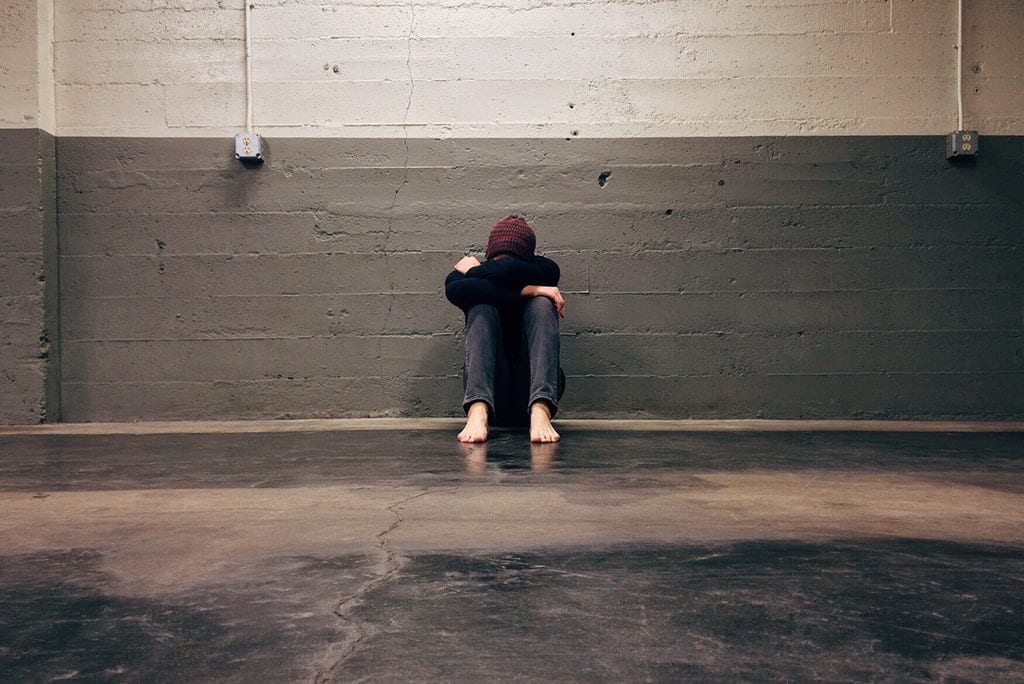Every marketer has a story to tell of being penalized by Google at one time or another. But according to Kissmetrics, only 5% of websites penalized by Google try to rectify this every month to regain their previous ranking. Since we all depend on Google for traffic, it’s important to keep abreast of the latest developments and make changes if we’re affected by their algorithm decisions. It’s not just common sense to keep abreast of updates, it also gives you a competitive edge if you can move up the rankings faster than your competitors! Fortunately, there are many free tools available to help you diagnose and resolve any problems. But how do you identify possible problems?
Understanding Google’s updates
A quick reminder about previous Google updates:
- In 2011, Panda: sites with poor quality content and full of advertising no longer have a real chance of being ranked well by Google.
The same applies if the site’s design is of poor quality.
- In 2012, Venice: it refines result displays according to your location, even if your query remains very broad.
- Penguin, also in 2012: to counter sites that were really spam rather than simply poorly designed.
Penguin is undoubtedly the most talked-about tool in the fight against so-called “black hat” SEO, but 2012 also saw the release of an update against pirates who publish content in which they don’t hold the copyrights.
- In 2014, there was a security update to give priority to sites that contain a secure SSL certificate.
- In 2015, the “mobilegeddon” update: well known for giving priority to sites that have a responsive design. If your site isn’t designed to be viewed on a computer as well as a tablet or smartphone you’ll be penalized by Google on mobile.
These are not one-off updates, but processes that evolve over time to counter new “black hat” techniques.
Find out if you have a filing problem
Diagnosis is the key to solving the problem. Without knowing why you’ve been penalized by Google, you won’t be able to remedy the situation. Use a penalty indicator tool to find out what has happened to your site in the past and whether it is still affecting you, such as website penalty indicator. Sem rush is also useful. Then, how do you go about resolving the problems? The best thing to do is to avoid being penalized by Google by playing by the rules. If you want to cheat, Google’s algorithms will see it straight away, so don’t even try! But if you’re the victim of a penalty imposed by Google’s algorithm, you’ll need to find the correlation between Google’s latest action and your site’s downgrading. Don’t forget that your website’s ranking and traffic drop may be caused by general problems that may have nothing to do with an algorithm change, but if you realize that you’ve been penalized by a specific change gather all the information you can about that update. If you want to be well prepared, it’s advisable to carry out constant SEO audits. You could also start by doing the following:
- remove spam and unnatural links
- check that your text anchors are diversified
- get rid of duplicate content
- write quality content that is not stuffed with keywords
Always keep in mind the user experience, which must be the best possible. Ultimately, the best strategy for avoiding penalties is to understand that SEO is as much about your current and future content as it is about your past. Don’t hesitate to update them when necessary, and above all, always keep an eye on your ranking and its evolution.



